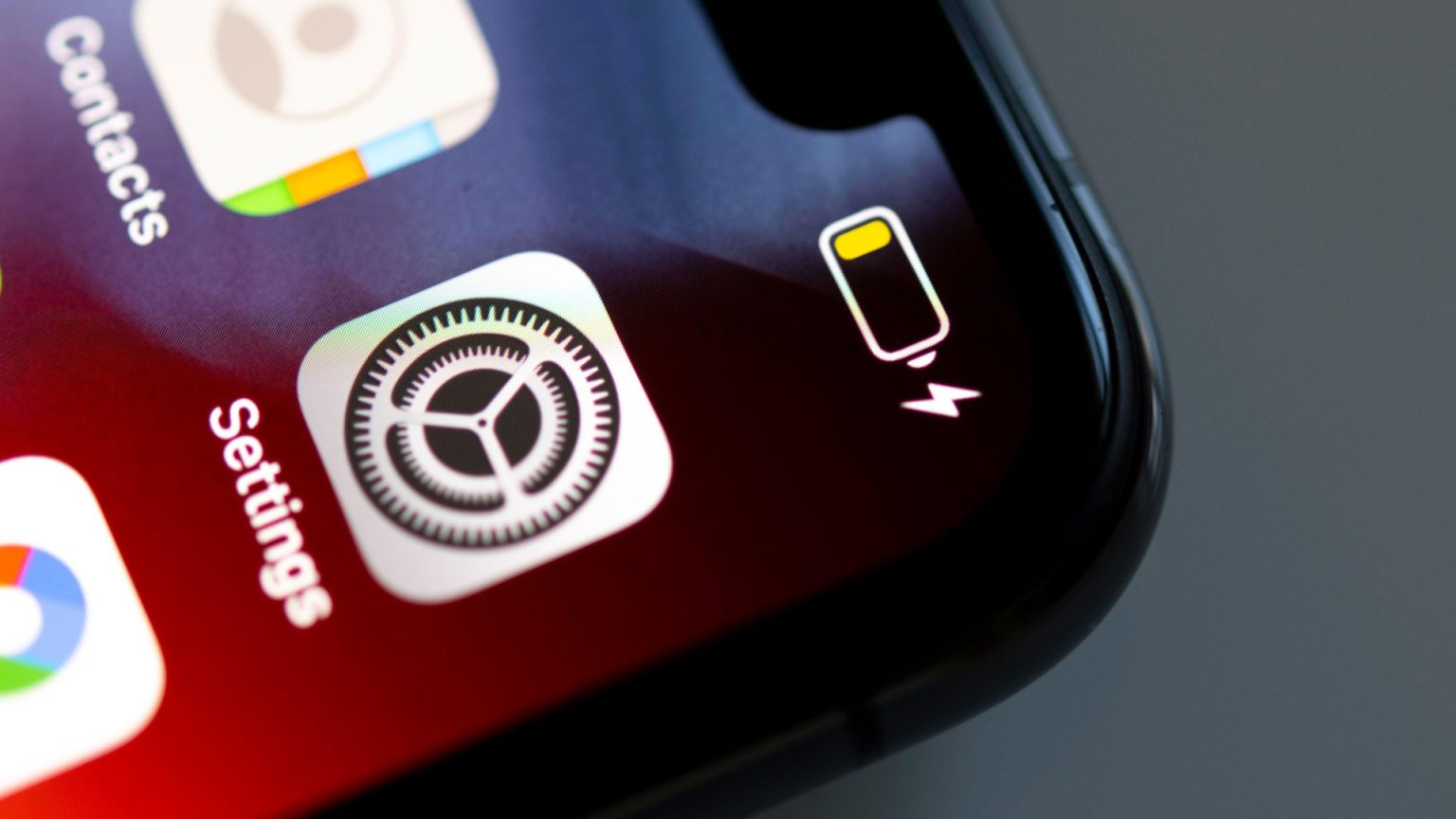The festive season often brings the joy of unwrapping brand new tech gadgets, especially smartphones. However, the excitement can quickly turn to disaster if users fall prey to a common mistake: using incorrect or counterfeit charging cables. While genuine chargers are designed with safety and device compatibility in mind, counterfeit and substandard chargers pose significant risks, including fire hazards, electrocution, and damage to the device itself. The allure of cheap online deals can be tempting, but opting for these potentially dangerous alternatives can have severe consequences. Organizations like Electrical Safety First have highlighted the prevalence of counterfeit chargers in the market and the alarmingly high failure rate in safety tests. These chargers, often produced with subpar components and lacking essential safety features, are a ticking time bomb.
The dangers of counterfeit chargers are multifaceted. They often lack crucial components like fuses, which are designed to prevent overcharging and overheating. This can lead to the charger and the phone itself overheating, potentially causing an explosion or fire. The poor quality components also increase the risk of electric shock, which can be lethal. Furthermore, using an incorrect charger can damage the phone’s internal circuitry, rendering it useless. While the immediate financial loss of a damaged phone is significant, the potential for physical harm from fire or electrocution is far more concerning.
The problem is exacerbated by the ease with which consumers can purchase these counterfeit chargers online. Millions of chargers are sold online annually, and a significant portion of these are counterfeit or substandard. These chargers often mimic the appearance of genuine chargers, making it difficult for consumers to distinguish between safe and unsafe options. The low price point is often the most alluring factor, but it comes at a steep hidden cost – the potential risk to life and property.
Identifying counterfeit chargers requires vigilance and attention to detail. Obvious signs of a fake charger include ill-fitting plugs, misspelled brand names or logos, missing model and batch numbers, and poorly printed or missing safety marks like the CE or UKCA mark. However, even the presence of these marks doesn’t guarantee authenticity, as they can be easily forged. Comparing the voltage and current rating of the charger with the phone’s specifications is another crucial step. A mismatch can lead to overcharging and damage the battery.
To ensure safety, consumers should prioritize purchasing chargers from reputable retailers, either directly from the manufacturer or from trusted high street stores. These retailers are more likely to stock genuine products that meet safety standards. Furthermore, purchasing from reputable sources offers consumer protection in case of faulty products, allowing for returns or refunds. While online marketplaces might offer cheaper options, the risk of encountering counterfeit products is significantly higher. It’s essential to weigh the potential cost savings against the potential risks to safety and device integrity.
Ultimately, the best way to protect yourself and your devices is to invest in genuine chargers. While they may be slightly more expensive, the peace of mind and assurance of safety they offer are invaluable. Remember, the cost of a genuine charger is negligible compared to the potential cost of a house fire, serious injury, or the loss of a valuable device. Don’t let the allure of a cheap deal compromise your safety and well-being. When it comes to phone chargers, safety should always be the top priority.


